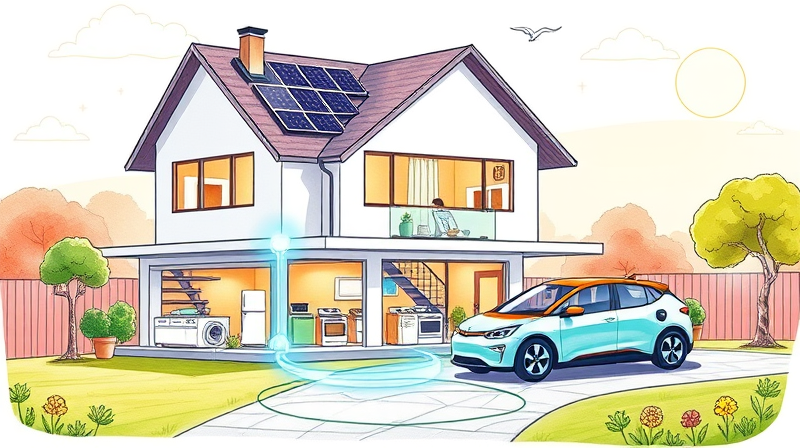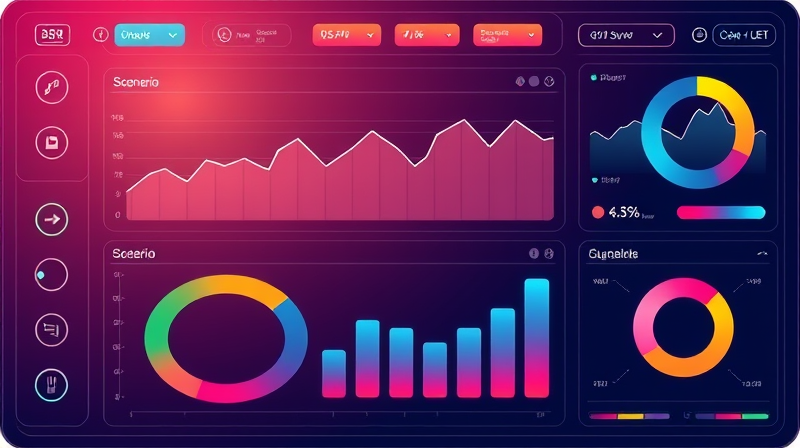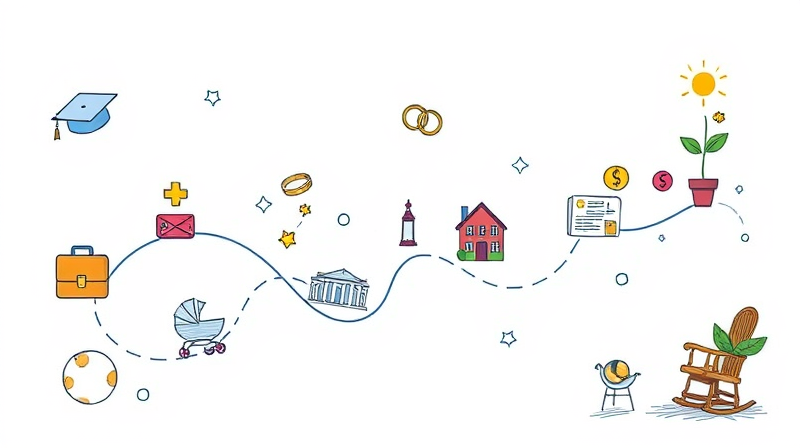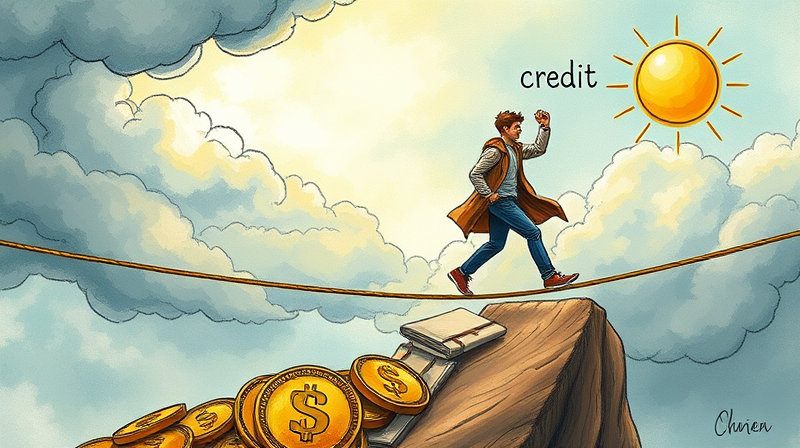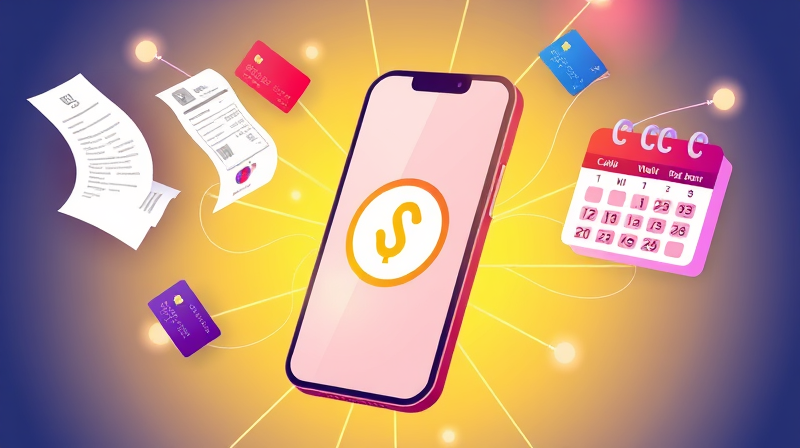
In today’s fast-paced world, keeping track of due dates for utilities, subscriptions, loans, and credit cards can be overwhelming. Fortunately, automatic payments bring unprecedented convenience, ensuring you never miss a deadline again. This article delves into the why, how, and what-to-watch-out-for when setting up autopay in 2025, backed by industry trends and actionable guidance.
As the subscription economy continues its double-digit growth through 2025, more consumers rely on recurring services—from streaming platforms to insurance premiums. Missed payments now carry steeper fees and threaten credit scores, making timely payments essential to financial health.
Statistics show that autopay can prevent late fees and credit damage, saving households hundreds of dollars annually. With an ever-expanding range of digital wallets and payment methods, the opportunity to automate has never been greater.
At its core, autopay authorizes a financial institution or service provider to automatically deduct a set amount from your chosen account on scheduled dates. This process leverages secure tokenization, replacing sensitive card data with unique identifiers.
There are two primary models:
Understanding these models helps you choose the right autopay option for each bill, avoiding pitfalls like paying only the minimum amount unintentionally.
Emerging technologies are reshaping autopay. AI-powered fraud detection tools analyze transaction patterns in real time, blocking suspicious activity. In 2023 alone, Visa’s AI systems prevented $40 billion in fraudulent transactions.
Biometric authentication—using fingerprints, facial recognition, or behavioral traits—is projected to grow to a $34.8 billion market by 2032. Coupled with tokenization, these layers of security make autopay safer than ever.
Switching to autopay delivers multiple benefits:
These advantages combine to create peace of mind and convenience, making autopay an indispensable tool for modern budgeting.
No system is without caveats. Autopay can lead to overdraft or insufficient funds if your account balance is low. Relying solely on autopay may also cause you to overlook billing errors or unexpected rate hikes.
Credit card autopay users often fall into the trap of paying only minimums, which accumulates interest over time. To mitigate this, set your autopay to cover full statements or specific targets above the minimum due.
Follow these guidelines to maximize the benefits of autopay:
Periodic audits ensure you remain in control and avoid surprises.
Looking ahead, real-time and contactless payments are set to dominate, driven by consumer demand for instant, secure and easy-to-use systems. By 2029, two-thirds of the global population could own a digital wallet, making autopay integration more seamless across platforms.
Regulatory frameworks like PSD2 and AML continue to evolve, increasing compliance costs for providers but enhancing consumer protection. As these regulations tighten, expect even stronger safeguards around autopay.
Embracing automatic payments allows you to focus on what truly matters—projects, experiences, and relationships—instead of due dates. With the right setup and regular oversight, autopay becomes a reliable partner in your financial journey. Never risk a late fee again: take charge today, and automate your way to stress-free payments.
References
